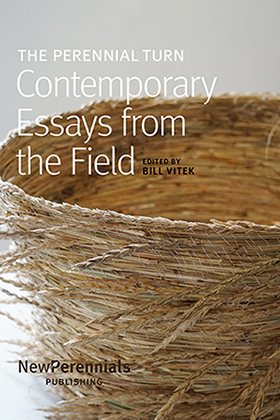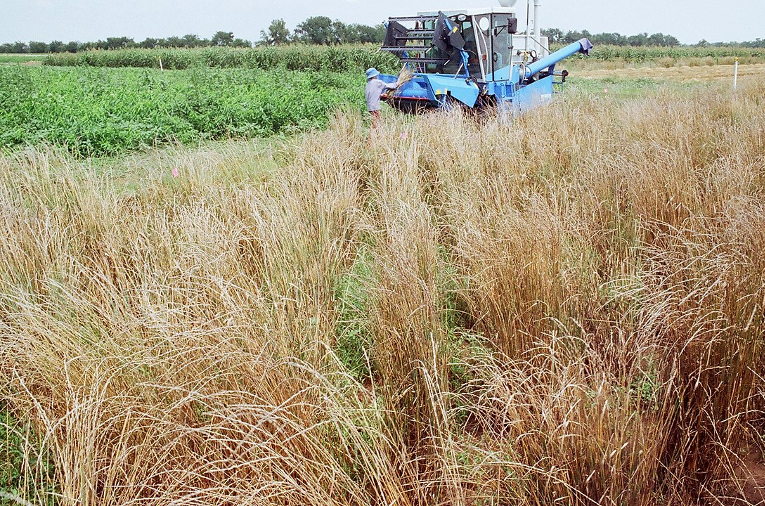 Ed. note: This piece is the first contribution in the new book The Perennial Turn: Contemporary Essays from the Field, ed. by Bill Vitek and published as a free ebook by New Perennials Publishing.
Ed. note: This piece is the first contribution in the new book The Perennial Turn: Contemporary Essays from the Field, ed. by Bill Vitek and published as a free ebook by New Perennials Publishing.
For those who are willing to face the multiple, cascading crises that humans have created, one task is analysis: How did we get here? In the 200,000 years of Homo sapiens, what have been key thresholds of systemic change?
A good case can be made for agriculture, which the polymath scientist Jared Diamond (1987) called “the worst mistake in the history of the human race.” Three decades later, historian Yuval Noah Harari (2015, p. 77) called the Agricultural Revolution “history’s biggest fraud.” When we started taking control of animals’ lives and breaking the soil to produce energy-rich grain, we intervened in ecosystems in ways we could not predict or control, to the detriment of many organisms, including humans.
With nearly eight billion people on the planet, we aren’t going back to hunting and gathering. But around the world, often under the banner of agroecology, people are using modern science and traditional knowledge to develop ways of farming that are less ecologically and socially destructive.
Over the past four decades, one of the most promising projects in sustainable agriculture has been Natural Systems Agriculture (perennial grains grown in mixtures rather than annuals grown in monocultures) at The Land Institute. The institute’s Ecosphere Studies program nurtures and explores this perennial thinking through research and education based in an ecological worldview that challenges the dominant industrial model defining contemporary ways of feeding bodies and minds. This essay outlines our approach, including a diagnosis of our agricultural past and present in a broader ecospheric context, which resonates with other ecocentric projects while building on the lessons learned on the Kansas prairie that is home to The Land Institute.
…click on the above link to read the rest of the article…
